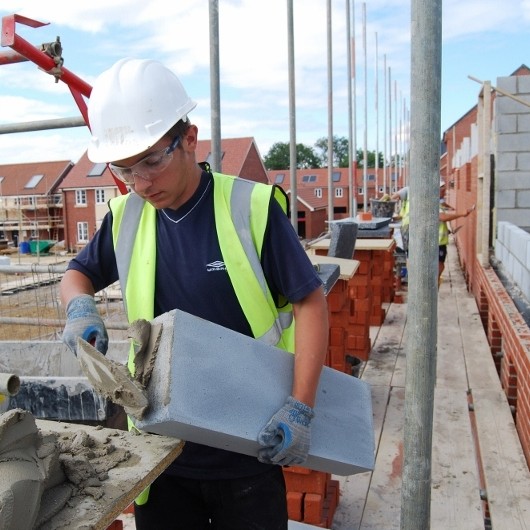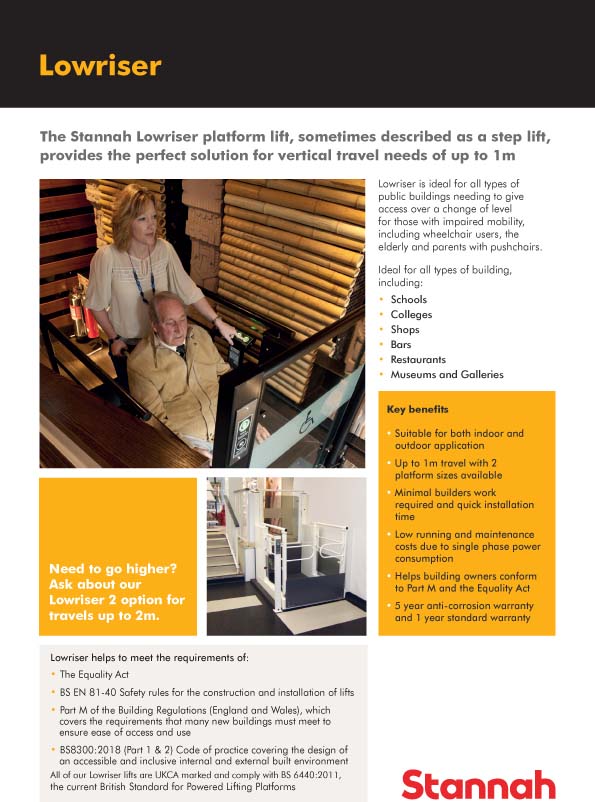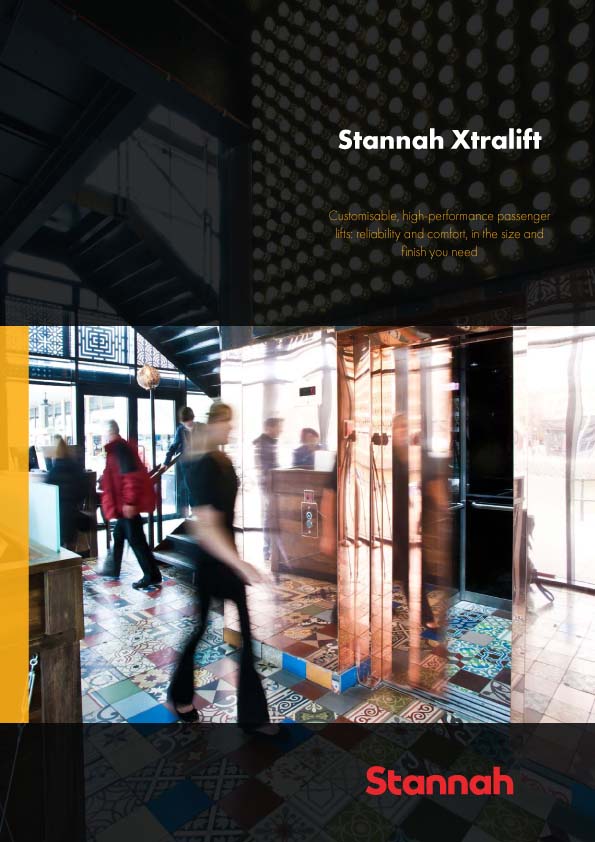
A growing construction skills shortage threatens the Government's pledge to build 275,000 affordable homes by 2020, councils are warning.
New analysis by the Local Government Association (LGA), which represents more than 370 councils in England and Wales, reveals a growing mismatch between the construction industry's increasing demand for skills and a falling number of people gaining construction qualifications.
While the construction industry's forecasted annual recruitment need is up 54 per cent from 2013, there are 10,000 fewer construction qualifications being awarded by colleges, apprenticeships and universities.
The number of people gaining construction skills has been falling for some time. There were 58 per cent fewer completed construction apprenticeships last year than in 2009.
Meanwhile, industry has increasingly struggled to fill vacancies. Over half (56 per cent) of skilled trade construction vacancies are hard to fill, up from 46 per cent in 2011 and almost triple the proportion of skilled hard to fill vacancies across the economy as a whole.
Councils warn this increasing mismatch is leaving the construction industry stranded without the skilled employees needed to deliver on the Government's ambitions for housebuilding.
Previous LGA research has highlighted that between 16 and 25 per cent of forecast economic growth could be lost up to 2022 if employers cannot recruit the skills and capabilities that they need, which could include up to £24 billion of output from the construction sector.
The LGA is calling on Government to work with the construction industry, councils and education providers to develop a national ‘Skills to Build' strategy to solve this growing shortage, delivered locally through the devolution process.
Devolving careers advice, post-16 and adult skills budgets and powers to local areas, it would allow councils, schools, colleges and employers to work together to help unemployed residents and young people develop the vital skills to build.
Cllr Peter Box, Chair of the LGA's Housing Board, said: "For too long we've trained too many hairdressers and not enough bricklayers. Too few apprentices are getting the construction skills to build the homes and roads our local communities need and developers are struggling to recruit skilled labour to build new homes.
"Industry is clear that skills gaps are one of their greatest barriers to building. If we are to see the homes desperately needed across the country built and jobs and apprenticeships created, councils must be given a leading role.
"Skills demand will always vary significantly across the country. For example, the Northwest is desperate for bricklayers while the West Midlands have a higher demand for wood trades and interior fitters.
"Councils are best-placed to understand the needs of their residents and local economies but have no influence over skills training and employment support in their area.
"In return for increased funding and powers, councils, schools, colleges and employers could work together to reduce unemployment, close this widening construction skills gap and ramp up housebuilding."




















